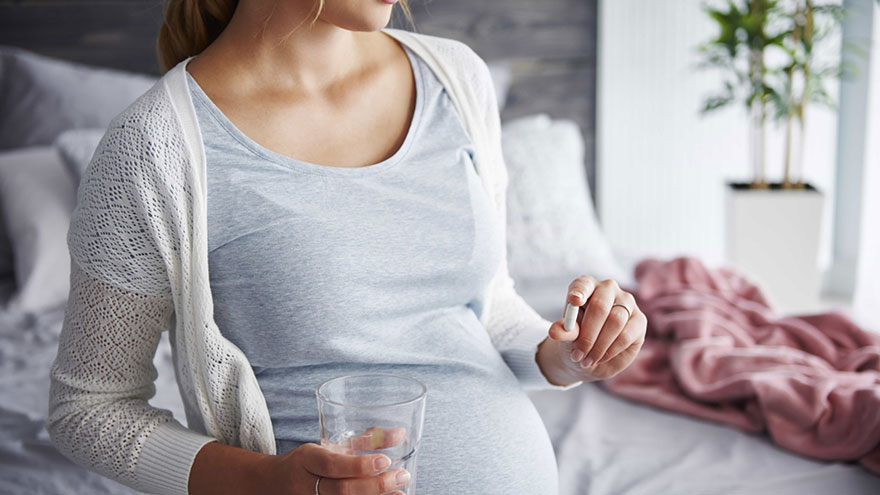What Foods Are High in Iron for Pregnancy?
During pregnancy, your body undergoes a lot of changes, including a dramatic increase in blood volume. You need more blood to deliver oxygen to not only your muscles and organs, but your baby’s, too. You need iron in your diet to assist in the increased production of your blood. Upping your intake of iron-rich foods can help you meet your elevated needs.

Pregnancy Iron Needs
Your daily iron needs increase dramatically during pregnancy. Pregnant women need 27 milligrams of iron a day, compared to 18 milligrams for nonpregnant women. Luckily, your body is better able to absorb iron when you’re pregnant, which may help you meet your increased needs. In addition to red blood cell production, getting enough iron in your diet also offers some protection against stress and disease, according to the Cleveland Clinic.
More Absorbable Heme Iron
Heme iron is found in meat, seafood and poultry and is more bioavailable, or better absorbed, than nonheme iron. Red meat is a particularly decent wellspring of heme iron. A 3-ounce portion of beef tenderloin contains 3 milligrams of iron. By comparison, the same serving of roasted chicken breast contains 1.1 milligrams of iron. Also, dark meat poultry is a slightly better source of iron than white meat poultry.
Liver is an excellent source of iron, but due to its high vitamin A content, you should avoid it. In addition, eat meats and seafood that are cooked, and avoid fish high in mercury, such as shark or king mackerel. You also want to avoid hot dogs and deli meats due to potential contamination with listeria, which can cause miscarriage.
Healthy Nonheme Iron
While not as bioavailable as heme iron, nonheme sources of iron are just as important in helping you meet your daily iron needs. Nonheme iron is found in plant foods. Good sources include beans, lentils, spinach, potatoes, nuts, raisins and prunes. White beans are an excellent source of nonheme iron, with 8 milligrams in a 1-cup cooked serving. You’ll also find nonheme iron in fortified foods, such as cereal, bread and pasta. Some brands of fortified cereal provide as much as 18 milligrams of iron in a 1-cup serving.
Tips to Improve Iron Absorption
Vitamin C in food enhances your body’s ability to absorb iron. Include vitamin C-rich foods with your high-iron foods to get the most bang for your buck. For example, spaghetti and meatballs with tomato sauce or a chickpea salad with chopped red and green peppers. Other vitamin C-rich foods include broccoli, potatoes, oranges, orange juice, melon and strawberries. Caffeine interferes with iron absorption, and the Cleveland Clinic recommends eating iron-rich foods one to three hours before or after consuming foods or drinks with caffeine, such as coffee, cola, tea or chocolate.
You Might Also Like :: Atkins Diet for Pregnancy

